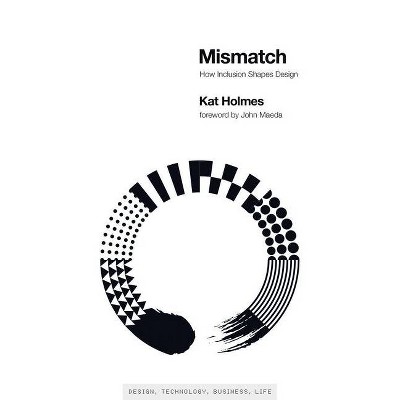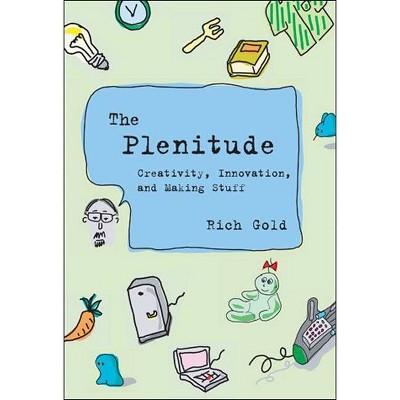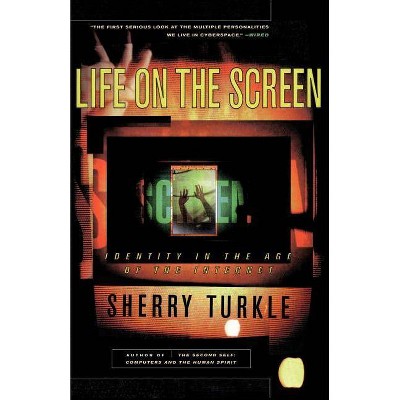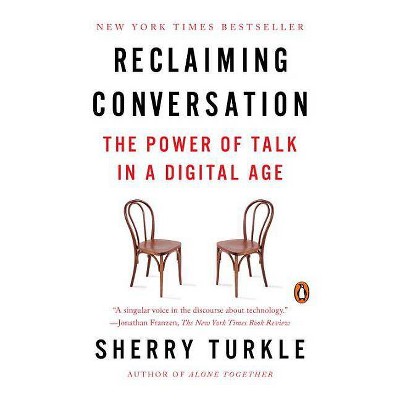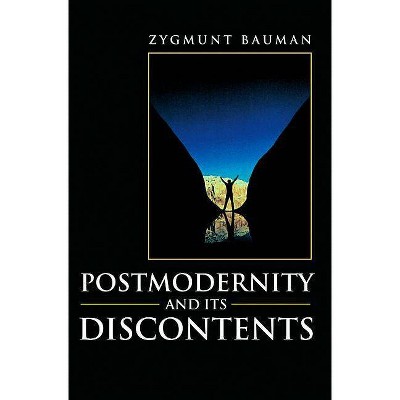Simulation and Its Discontents - (Simplicity: Design, Technology, Business, Life) by Sherry Turkle (Hardcover)
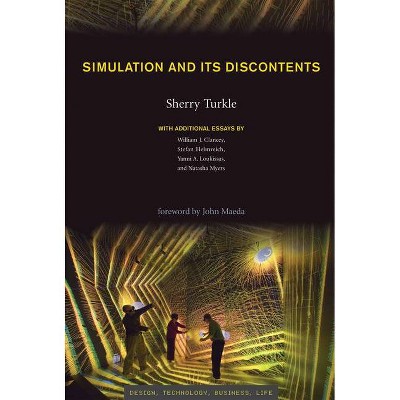
Similar Products
Products of same category from the store
AllProduct info
<p/><br></br><p><b> About the Book </b></p></br></br>How the simulation and visualization technologies so pervasive in science, engineering, and design have changed our way of seeing the world.<p/><br></br><p><b> Book Synopsis </b></p></br></br><b>How the simulation and visualization technologies so pervasive in science, engineering, and design have changed our way of seeing the world.</b><p>Over the past twenty years, the technologies of simulation and visualization have changed our ways of looking at the world. In <i>Simulation and Its Discontents</i>, Sherry Turkle examines the now dominant medium of our working lives and finds that simulation has become its own sensibility. We hear it in Turkle's description of architecture students who no longer design with a pencil, of science and engineering students who admit that computer models seem more "real" than experiments in physical laboratories.</p><p>Echoing architect Louis Kahn's famous question, "What does a brick want?", Turkle asks, "What does simulation want?" Simulations want, even demand, immersion, and the benefits are clear. Architects create buildings unimaginable before virtual design; scientists determine the structure of molecules by manipulating them in virtual space; physicians practice anatomy on digitized humans. But immersed in simulation, we are vulnerable. There are losses as well as gains. Older scientists describe a younger generation as "drunk with code." Young scientists, engineers, and designers, full citizens of the virtual, scramble to capture their mentors' tacit knowledge of buildings and bodies. From both sides of a generational divide, there is anxiety that in simulation, something important is slipping away. Turkle's examination of simulation over the past twenty years is followed by four in-depth investigations of contemporary simulation culture: space exploration, oceanography, architecture, and biology.</p><p/><br></br><p><b> Review Quotes </b></p></br></br><br>"As computer simulation techniques have been transforming the practices of designers, engineers, and scientists, Sherry Turkle and her collaborators have been operating, at close quarters and over an extended period, as ethnographers among the simulators. This long-awaited volume presents their observations and reflections. It is an indispensable source of insights into the changing nature of learning, research, and expert practice in the digital era."--William J. Mitchell, Program in Media Arts and Sciences, MIT and author of "World's Greatest Architect"<br><br>"I'll follow the wise eyes of Sherry Turkle anywhere she looks. Here she scrutinizes how we actually use simulations and then tells us what it means. She sees everything from all three sides."--Kevin Kelley, Senior Maverick for "Wired" and author of "The Technium"<br><br>"In the 2008 economic meltdown, opaque computer systems had a role to play, making it hard for people to understand the levels of risk they were holding. Markets could be simulated, and simulations nicely showed what potential disaster looked like; but they couldn't say anything about whose specific actions threatened trouble for whom. That's not the kind of financial world investors were used to living in. Turkle's book reminds us that, in science as in everyday life, technological change often slips past us and transforms our sense of what we're doing and why we're doing it without our remembering to notice. As she's done so often before, Turkle remembered on our behalf."--Don Ross, School of Economics, University of Cape Town and Department of Finance, Economics and Quantitative Methods, University of Alabama at Birmingham<br><p/><br></br><p><b> About the Author </b></p></br></br>Sherry Turkle is Abby Rockefeller Mauzé Professor of the Social Studies of Science and Technology at MIT and Founder and Director of the MIT Initiative on Technology and Self. A psychoanalytically trained sociologist and psychologist, she is the author of <i>The Second Self: Computers and the Human Spirit</i> (Twentieth Anniversary Edition, MIT Press), <i>Life on the Screen: Identity in the Age of the Internet, </i> and <i>Psychoanalytic Politics: Jacques Lacan and Freud's French Revolution.</i> She is the editor of <i>Evocative Objects: Things We Think With, Falling for Science: Objects in Mind, </i> and <i>The Inner History of Devices, </i> all three published by the MIT Press. <p/>William J. Clancey is Chief Scientist of Human-Centered Computing in the Intelligent Systems Division at NASA Ames Research Center, and Senior Research Scientist at the Florida Institute for Human and Machine Cognition. <p/>Stefan Helmreich is Elting E. Morison Professor of Anthropology at MIT. He is the author of <i>Alien Ocean, Sounding the Limits of Life, </i> and <i>Silicon Second Nature</i>. <p/>Yanni Alexander Loukissas is Assistant Professor of Digital Media in the School of Literature, Media, and Communication at Georgia Institute of Technology. He is the author of <i>Co-Designers: Cultures of Computer Simulation in Architecture</i>.
Price History
Cheapest price in the interval: 27.99 on October 28, 2021
Most expensive price in the interval: 27.99 on November 6, 2021
Price Archive shows prices from various stores, lets you see history and find the cheapest. There is no actual sale on the website. For all support, inquiry and suggestion messages communication@pricearchive.us
